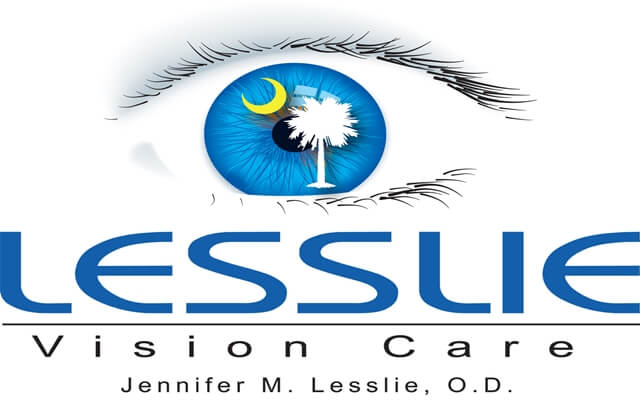Also known as no-line bifocals, progressive lenses correct presbyopia (a condition that occurs in people over the age of 40 that no longer allows your eyes to accommodate to help read things close up). Many individuals who require the utilization of a bifocal lean toward progressive lenses since they offer an invisible blended appearance between the distance and near vision portions of the lens. The focal points contain no obvious line and increase in strength while you look lower down the lens.
There are different types of progressive lenses. They vary in cost, contingent upon brand, size and purpose. Additionally, progressive lenses must fit correctly. The following are the four main types of progressive lenses available today.
Standard Progressive Lenses: On the off chance that you are searching for a different option to bifocals or trifocals, standard progressive lenses work fine for the vast majority, and are the most economical option. In spite of the fact that the cost of standard progressive lenses is more than regular flat-top bifocal or trifocal lenses, they are still very reasonable.
Offering a pretty wide reading area, standard progressive lenses, however require a specific sized frame to permit enough vertical space to provide a seamless transition from distance to reading vision.
Short Corridor Progressive Lenses: Today, there’s no need to give up on fashion and style for progressive lenses. Short corridor progressive lenses are specifically created to fit into a smaller frame. As a result of their size, it takes a knowledgeable optician to fit them appropriately. You may experience issues adjusting to short corridor progressive lenses in light of the fact that the area (corridor) allotted for reading is not wide, bringing on mild distortion when you look out of the reading area. In the event that you look down to read, look straight ahead, not out of the sides. A good rule of thumb is to always point your nose in the direction where you want to look so you won’t have the distortion.
Office Progressive Lenses: Known also as computer progressive lenses are intended for use in an office setting and designed to give clear vision at around 16 inches through six feet. These office progressive lenses are a fantastic option for individuals requiring clear vision at near and intermediate distances, for example, people on computers most of the day, writers, editors, specialists, painters, designers, dental specialists, beauticians, and mechanics.
For anyone who uses the computer over 4 hours every day, these office progressive lenses are perfect and reduce computer vision syndrome, also known as eye fatigue.
Additionally, these lenses likewise make it much easier to hold your head in a more natural way.
Premium Progressive Lenses: Called by many names, such as “free-form design" or "wave-front technology”, these premium progressive lenses give a much more extensive, distortion-free reading zone. Vision is most often clearer than other progressive lenses, as these progressive lenses are completely custom ordered, sized, and designed specifically to your measurements, and are generally 100% digitally surfaced or ground. This offers the client the clearest and closest to perfect natural vision offered today for someone with presbyopia!
Rather than compacting the lens into the frame, as with a short corridor lenses, this premium lens is completely customized, therefore no matter the different ranges of power, they fit perfectly into any frame you may choose.
